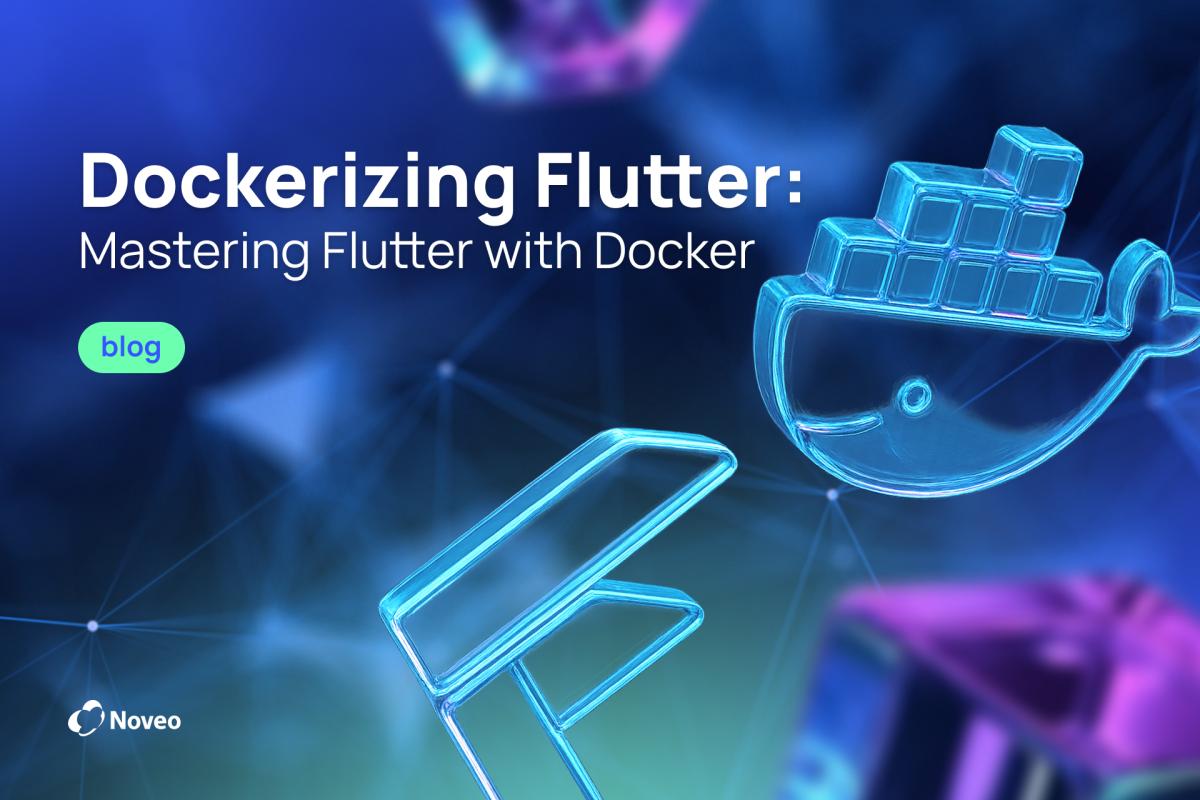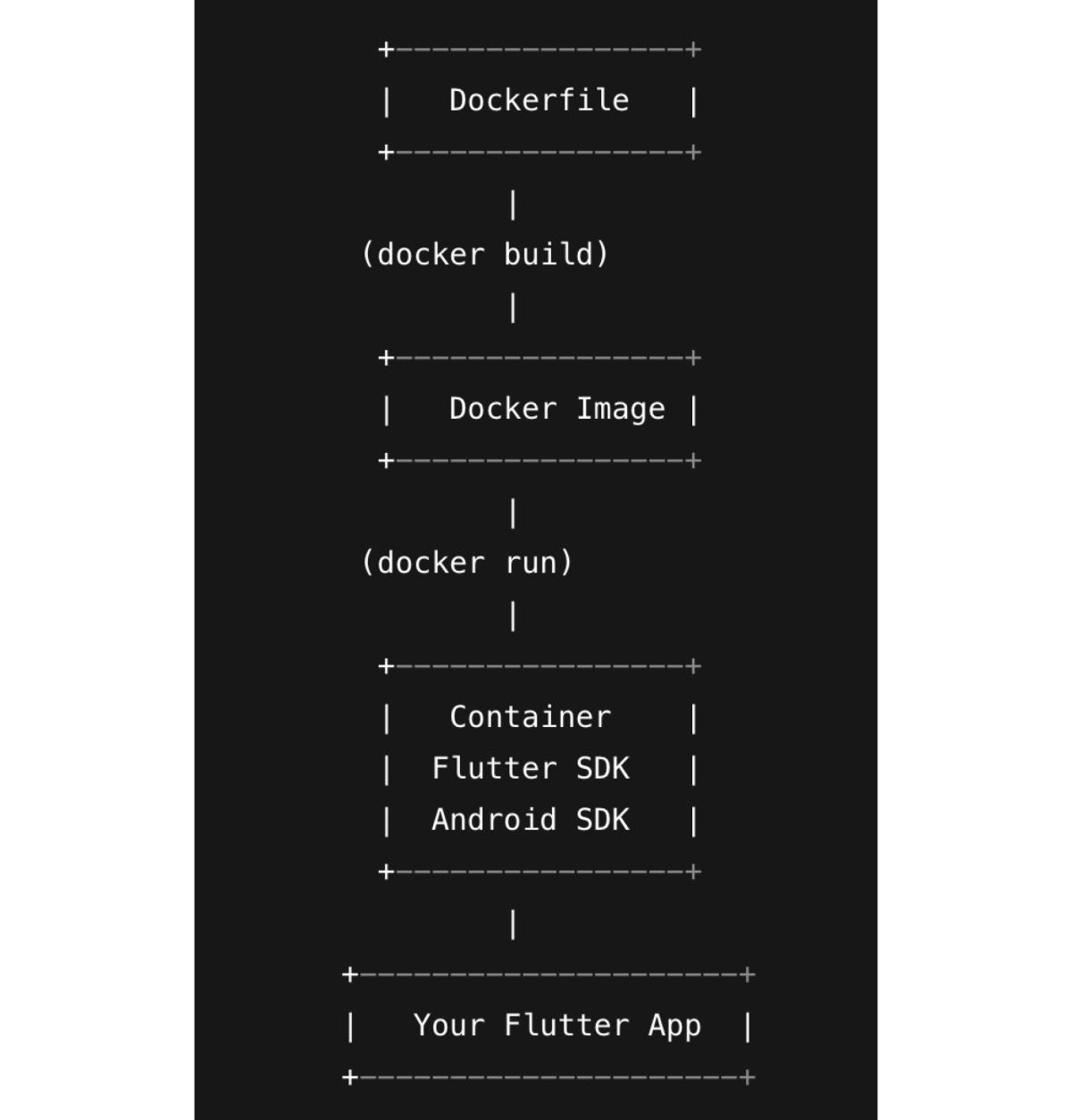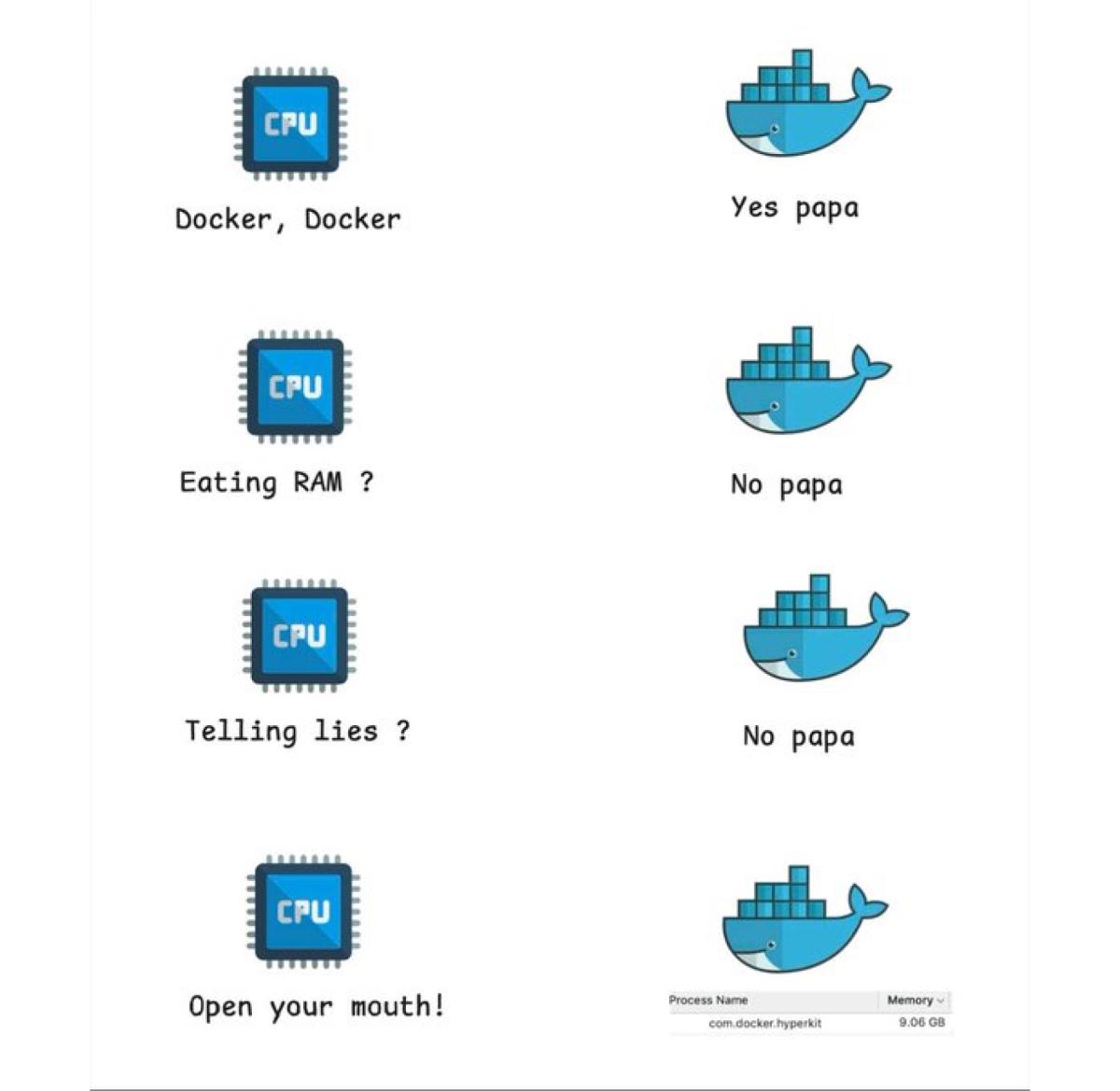
Every Flutter developer has faced it:
- “It works on my machine, but not on yours.”
- Hours lost installing the right Flutter SDK version, Android SDK, Java JDK, CocoaPods, Gradle, and debugging PATH issues.
- A new teammate joins, and onboarding takes days instead of minutes.
- CI/CD pipeline fails because the build agent doesn’t have Flutter properly configured.
Now imagine a world where:
- You spin up Flutter with a single command.
- Everyone on the team has the exact same environment, regardless of OS.
- CI/CD pipelines run seamlessly with no extra setup.
That world exists and its name is Docker.
What is Docker (and Why Should Flutter Devs Care)?
Think of Docker as a box for your development environment.
- A container - a mini-computer in a box, with Flutter and all dependencies pre-installed.
- An image - the blueprint to create that box.
- A Dockerfile - the recipe that describes how to bake the box.
Unlike virtual machines, Docker containers are lightweight, fast, and portable.
For Flutter, this means:
- No more “which version are you using?”
- No dependency hell.
- One consistent build environment from laptop → staging → production.

Why Docker is a Game-Changer for Flutter
Flutter shines because it’s cross-platform, but this also means dependency chaos:
1. Consistency Across Machines
- You’re on Windows, I’m on macOS, another teammate is on Linux.
- Normally: different setups, different issues.
- With Docker: one container, same environment, same results.
2. Blazing Fast Onboarding
- A new developer? Instead of a 2-hour “setup Flutter SDK, install Android Studio, configure PATH” nightmare, they just run:
docker run --rm -v $PWD:/app flutter-docker flutter pub get- And boom — they’re productive in minutes.
3. Rock-Solid CI/CD
- CI pipelines break when the runner isn’t configured.
- With Docker, your CI just pulls a Flutter image and builds immediately.
4. Multiple Flutter Versions
- Need Flutter 2.10 for one legacy project and 3.24 for a new one?
- No conflicts. Just run each inside its own container.
5. Deployment Simplified
- For Flutter web, you can build → package → serve with Nginx, all inside
Docker. Step by step
- Write a Dockerfile → define how to install Flutter, Dart, Android SDK.
- Build an Image → this is your ready-to-use Flutter environment.
- Run a Container → isolated sandbox where you develop and build.
- Mount your code into the container → so you edit locally but run inside Docker.
Docker is like a portable developer workstation in a suitcase. Wherever you open it, everything is ready.
A Production-Ready Flutter Dockerfile
Here’s a practical example of a doсker file:
# Use a slim base image
FROM debian:bullseye-slim
# Install system dependencies
RUN apt-get update && apt-get install -y \
curl unzip git xz-utils zip libglu1-mesa \
&& rm -rf /var/lib/apt/lists/*
# Install Flutter SDK
ENV FLUTTER_VERSION=3.24.0
RUN git clone https://github.com/flutter/flutter.git /usr/local/flutter \
&& cd /usr/local/flutter \
&& git checkout $FLUTTER_VERSION
# Add Flutter to PATH
ENV PATH="/usr/local/flutter/bin:/usr/local/flutter/bin/cache/dart-sdk/bin:${PATH}"
# Pre-download dependencies
RUN flutter doctor -v
# Set working directory
WORKDIR /app
CMD ["bash"]
Usage:
docker build -t flutter-docker .
docker run --rm -v $PWD:/app flutter-docker flutter build apk
Real-World Use Cases
1. Local Development
- No need to install Flutter locally.
- One container works across the entire team.
2. CI/CD Pipelines
Example (GitHub Actions):
jobs:
build:
runs-on: ubuntu-latest
container: ghcr.io/cirruslabs/flutter:stable
steps:
- uses: actions/checkout@v3
- run: flutter pub get
- run: flutter test
- run: flutter build apk
3. Multiple Flutter Versions
Project A (Flutter 2.10):
docker run flutter-docker:2.10 flutter build apkProject B (Flutter 3.24):
docker run flutter-docker:3.24 flutter build ipa4. Flutter Web Deployment
Best Practices
- Use community-maintained Flutter images (like cirruslabs/flutter) to save time.
- Cache pub get in CI/CD for faster builds.
- Keep Dockerfiles lean — don’t bloat them with unused tools.
- Automate commands with Makefile or scripts for consistency.
- Use docker-compose if pairing Flutter with backend services (API, DB, etc).
The Limitations You Should Know
- Running emulators/simulators inside Docker is possible but tricky. Usually, you build in Docker and run on your local device/emulator.
- iOS builds still require macOS (so Docker can’t replace a Mac build machine).
- First-time builds inside Docker can be slow, but caching helps.
- Docker does consume a lot of memory and CPU compared to running Flutter natively

Flutter is about speed, consistency, and cross-platform development. Docker is about isolation, reproducibility, and portability. Together, they form a perfect partnership:
- Developers onboard in minutes, not hours.
- CI/CD pipelines become rock-solid.
- Builds are consistent across machines and environments.
- Teams scale faster with fewer setup headaches.